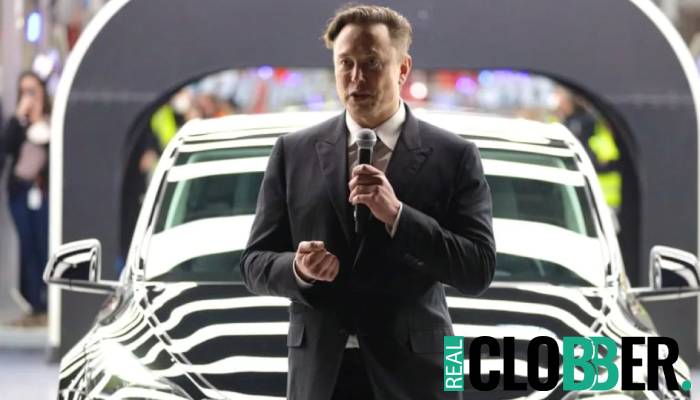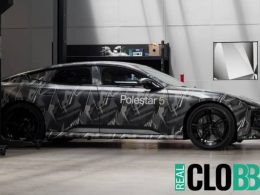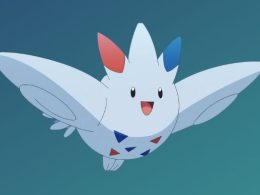Elon Musk, CEO of Tesla, has announced a bold leap into the future with Tesla’s humanoid robots, known as Optimus. These robots are set to start assisting in Tesla’s factories as early as next year, marking a significant advancement in industrial automation. Musk envisions Optimus not only streamlining manufacturing processes but also potentially addressing labor shortages and enhancing workplace safety.
The timeline for Optimus extends to 2026, when Musk plans to have these humanoid robots available for commercial sale. This ambitious goal places Tesla alongside other tech innovators like Honda and Boston Dynamics in the race to develop human-like machines capable of performing complex tasks autonomously.
Tesla’s stock saw a notable rise following Musk’s announcement, despite past setbacks in meeting ambitious technological deadlines. Musk himself has acknowledged challenges in previous ventures, such as the delayed launch of self-driving taxis.
While the promise of humanoid robots brings excitement, it also raises valid concerns. Musk has highlighted the importance of safety features, including an “off-switch,” to mitigate potential risks associated with advanced robotics. This cautious approach underscores Tesla’s commitment to responsible innovation in the field of automation.
As Tesla gears up to unveil its latest advancements, the industry watches closely to see how Optimus will redefine automation and artificial intelligence in manufacturing and beyond. The integration of humanoid robots like Optimus marks a pivotal moment in the evolution of technology, promising to reshape industries and enhance operational efficiency on a global scale.












